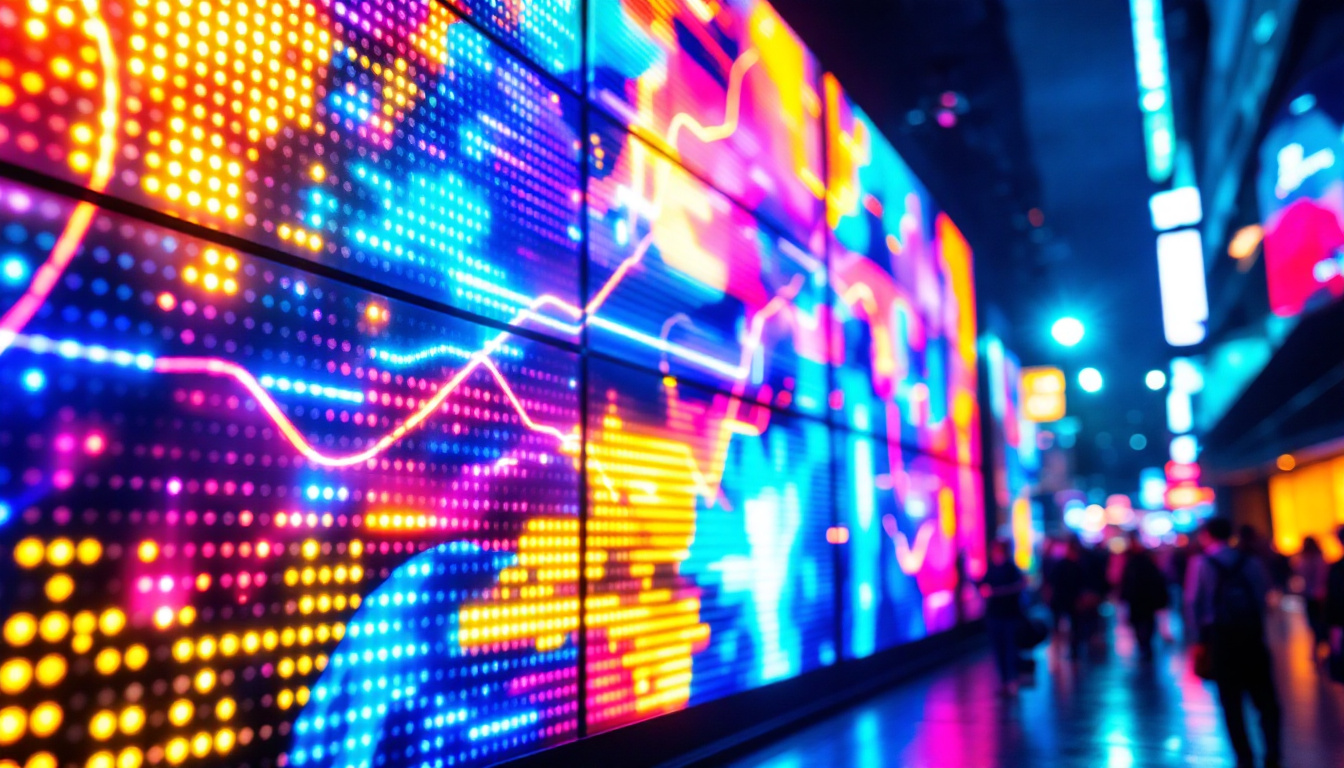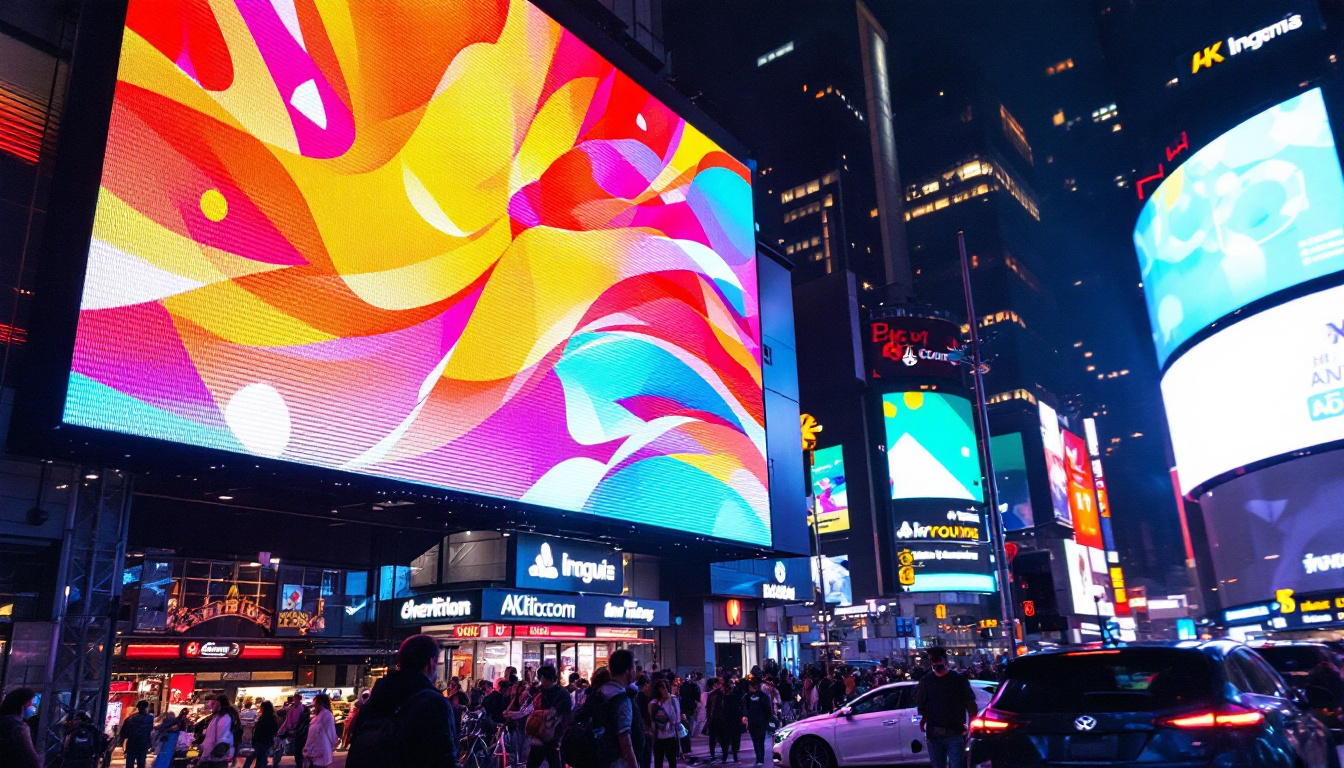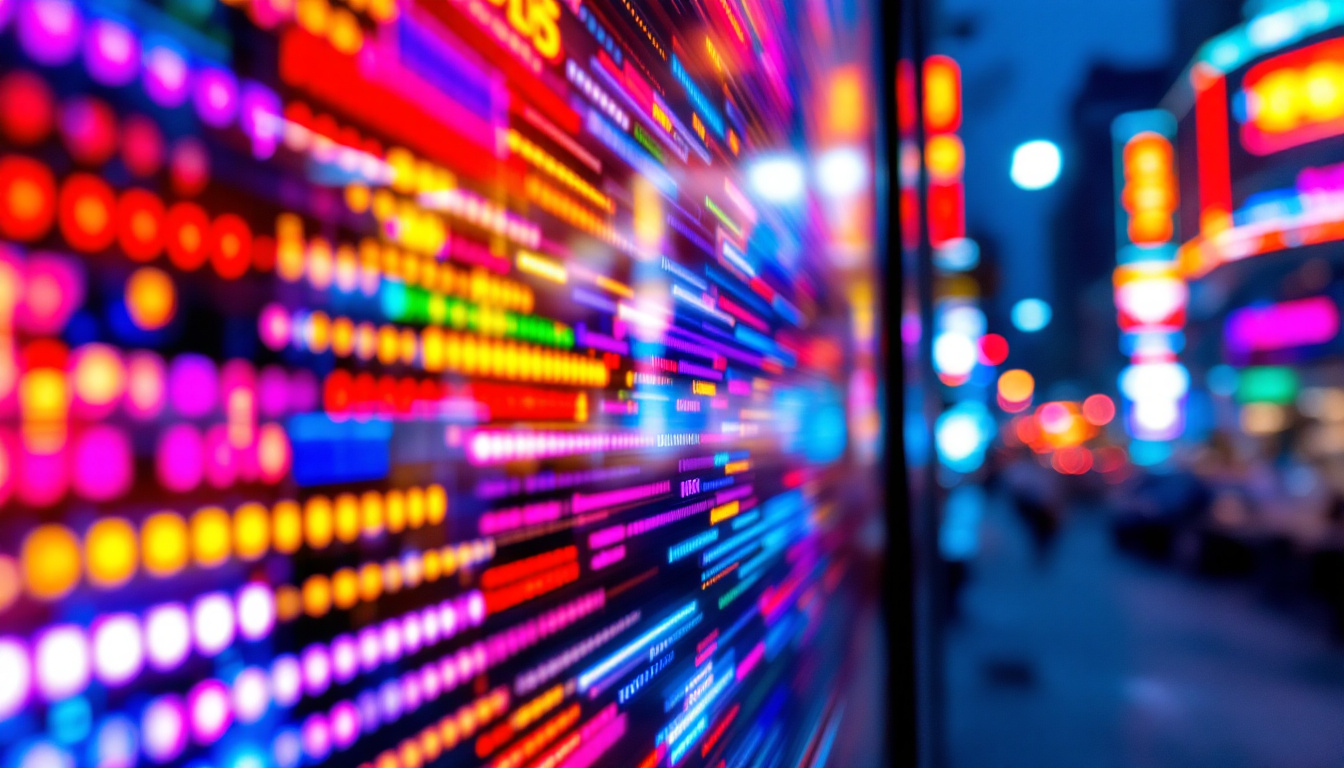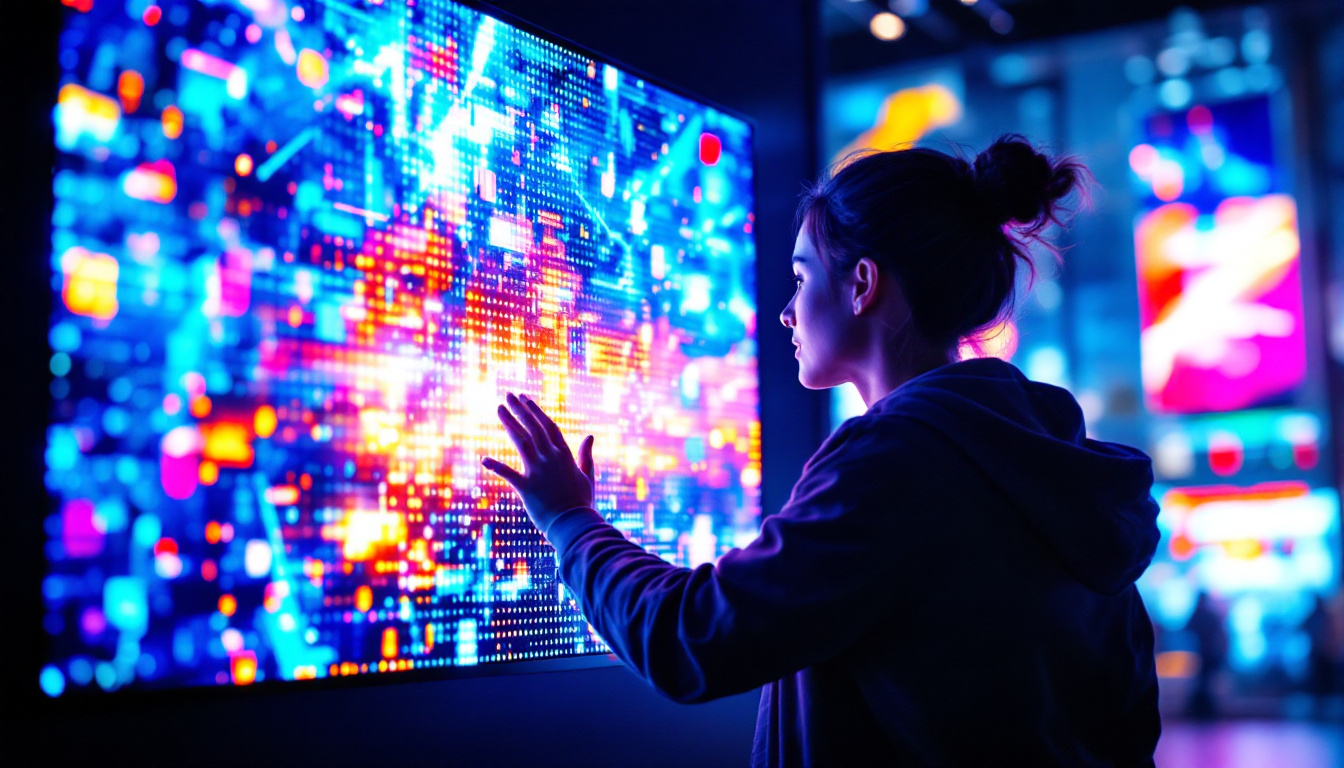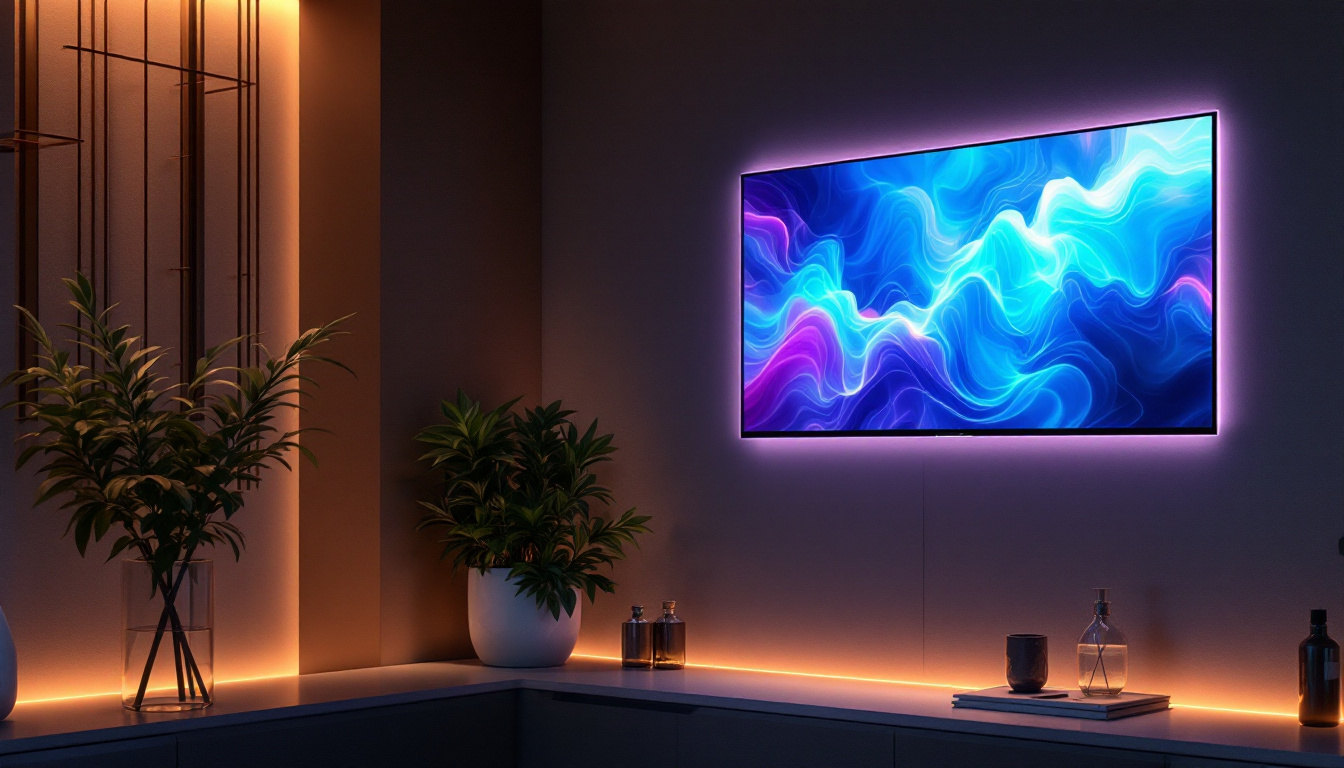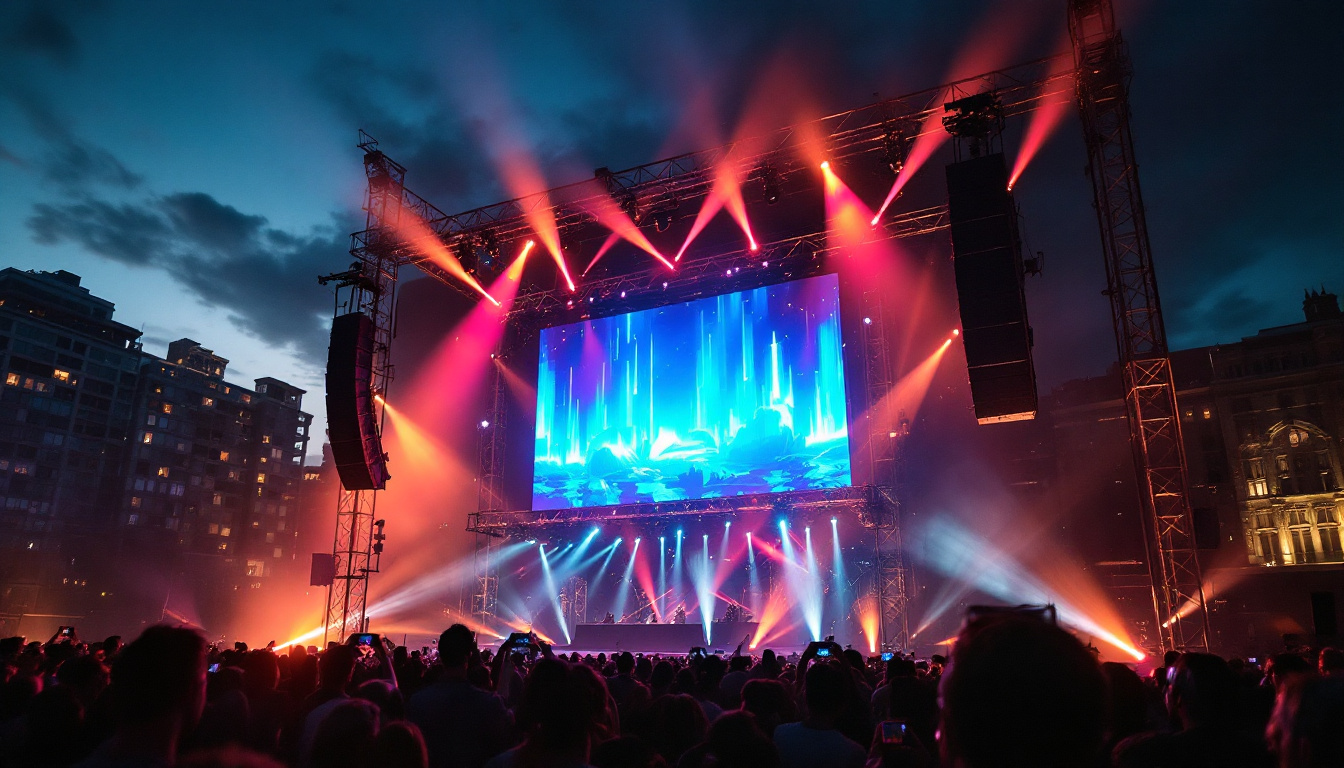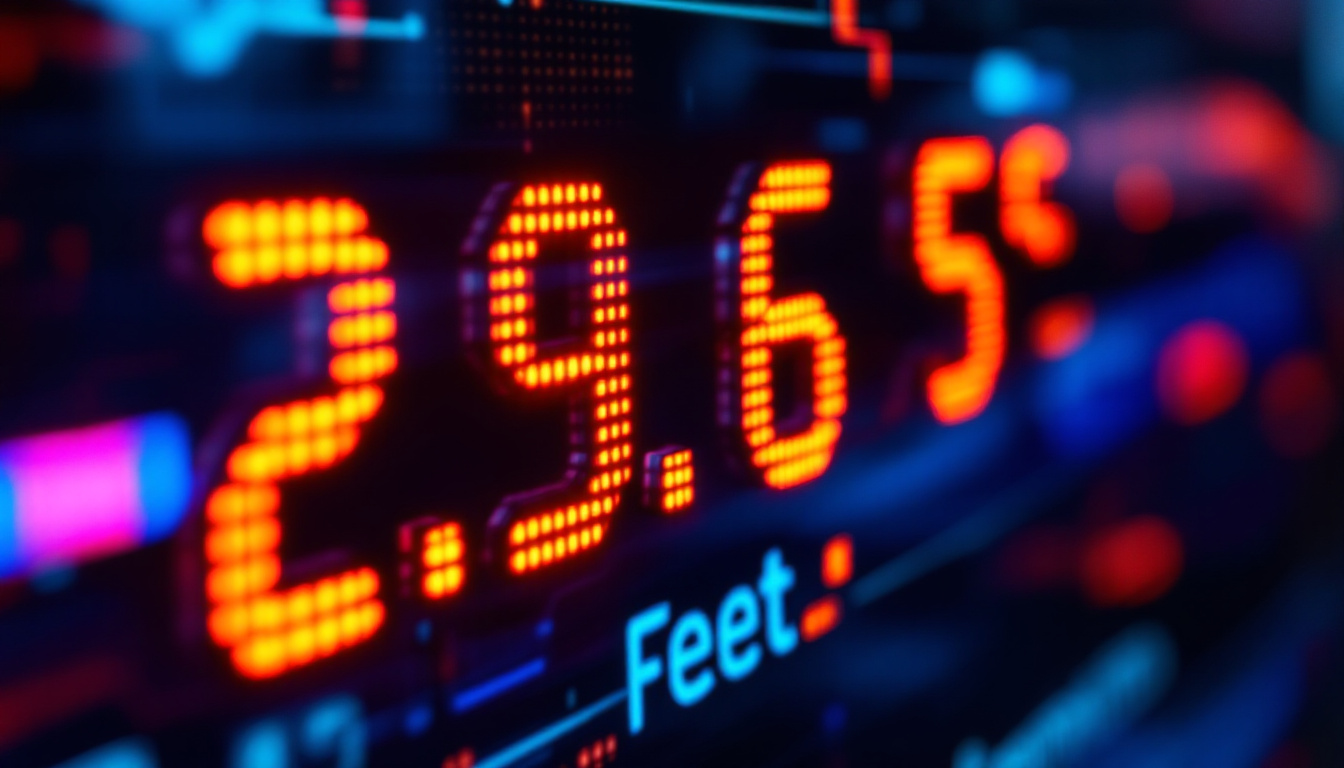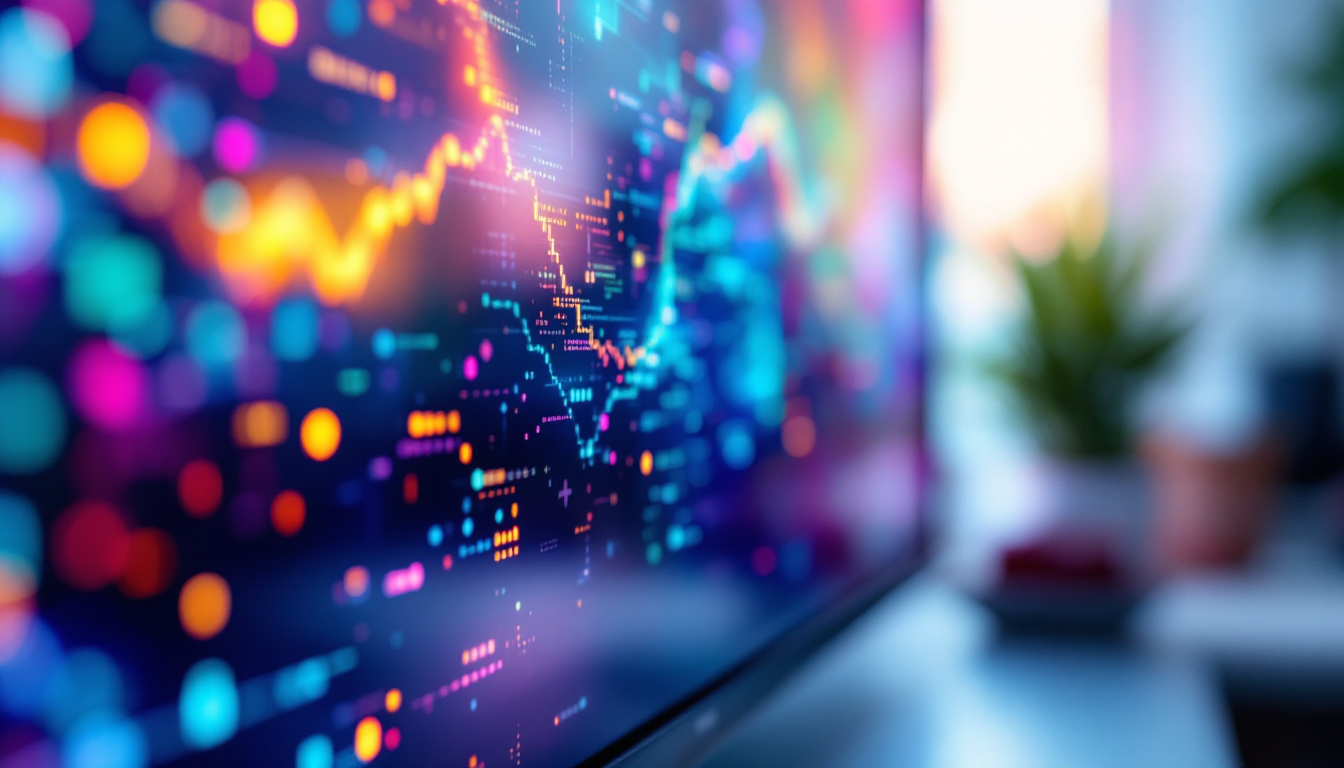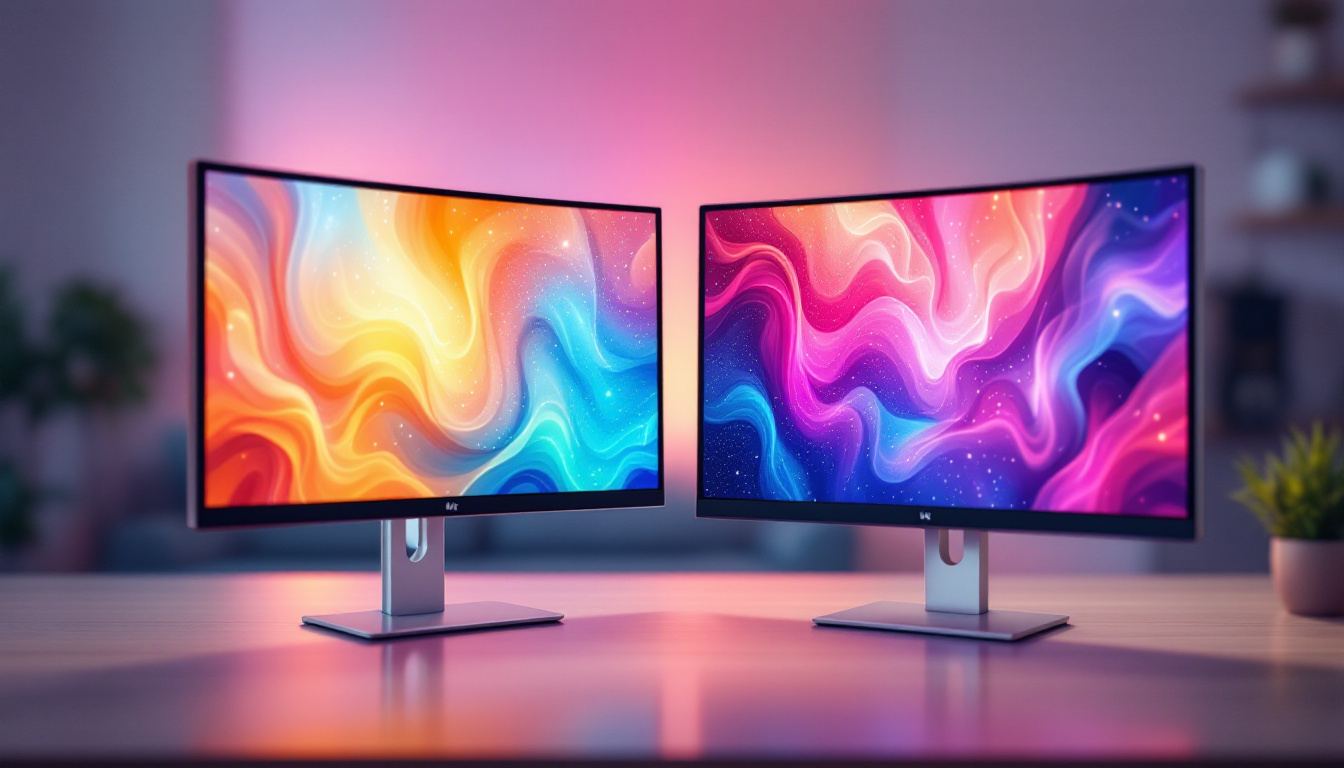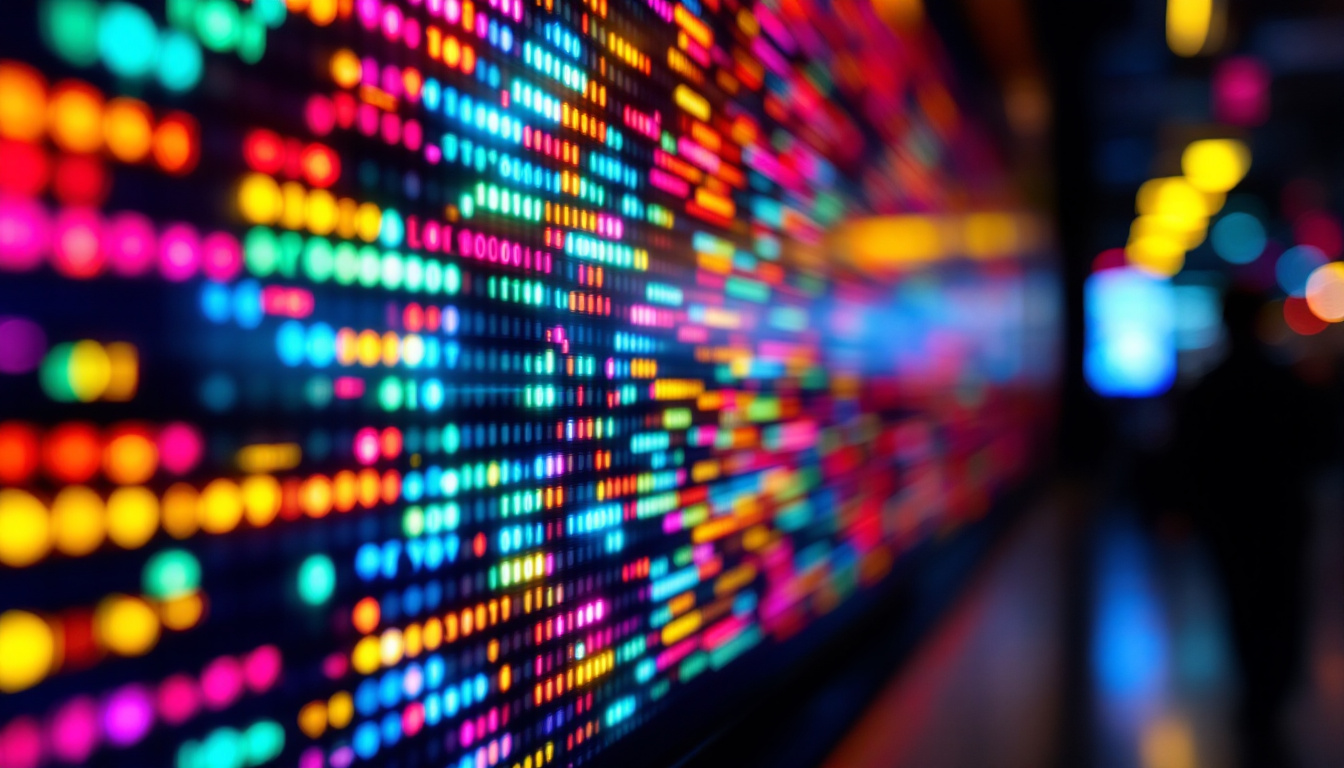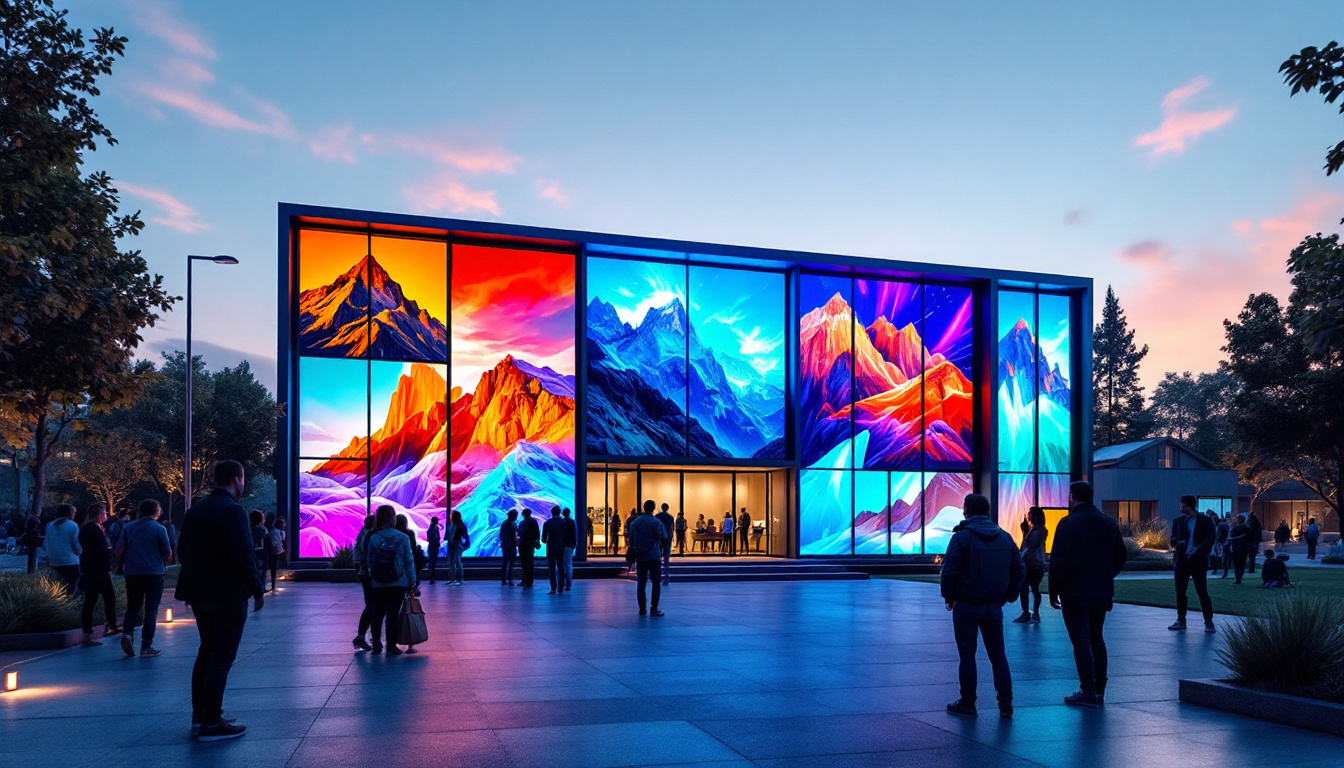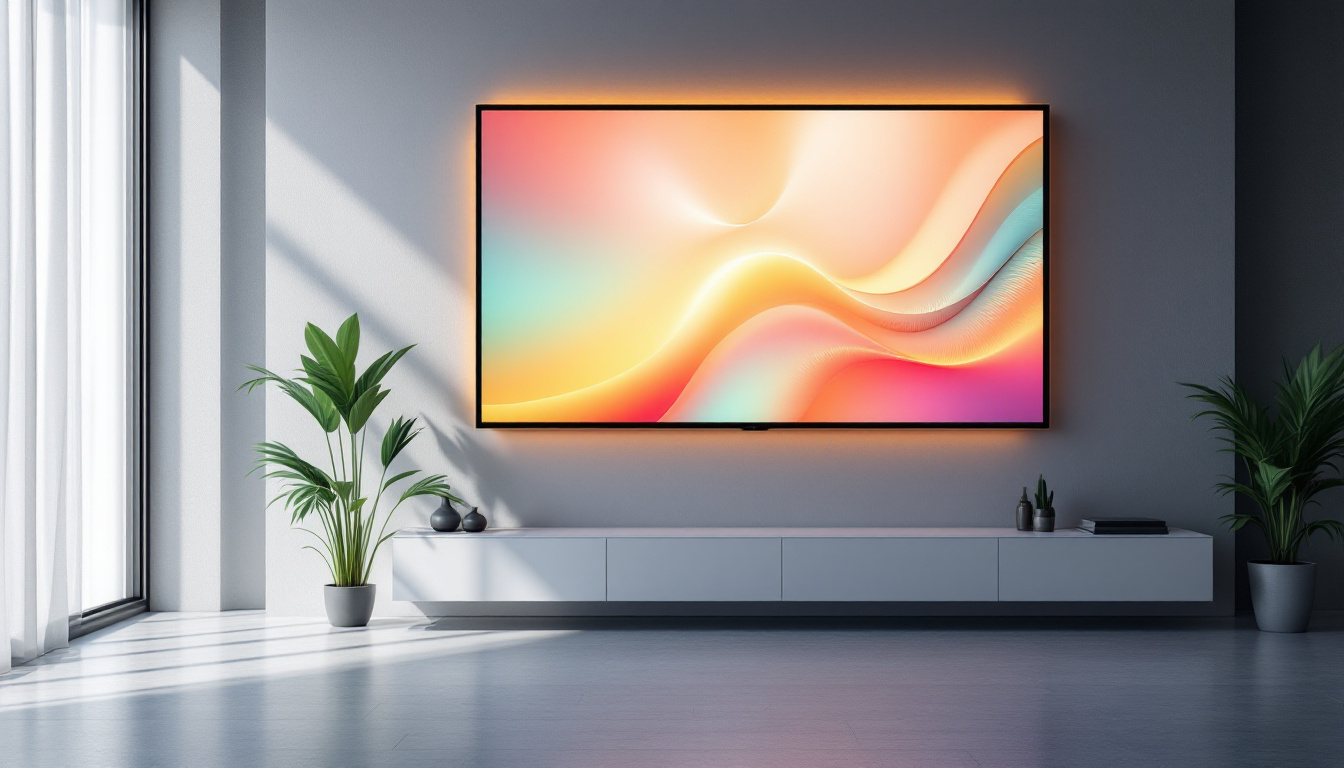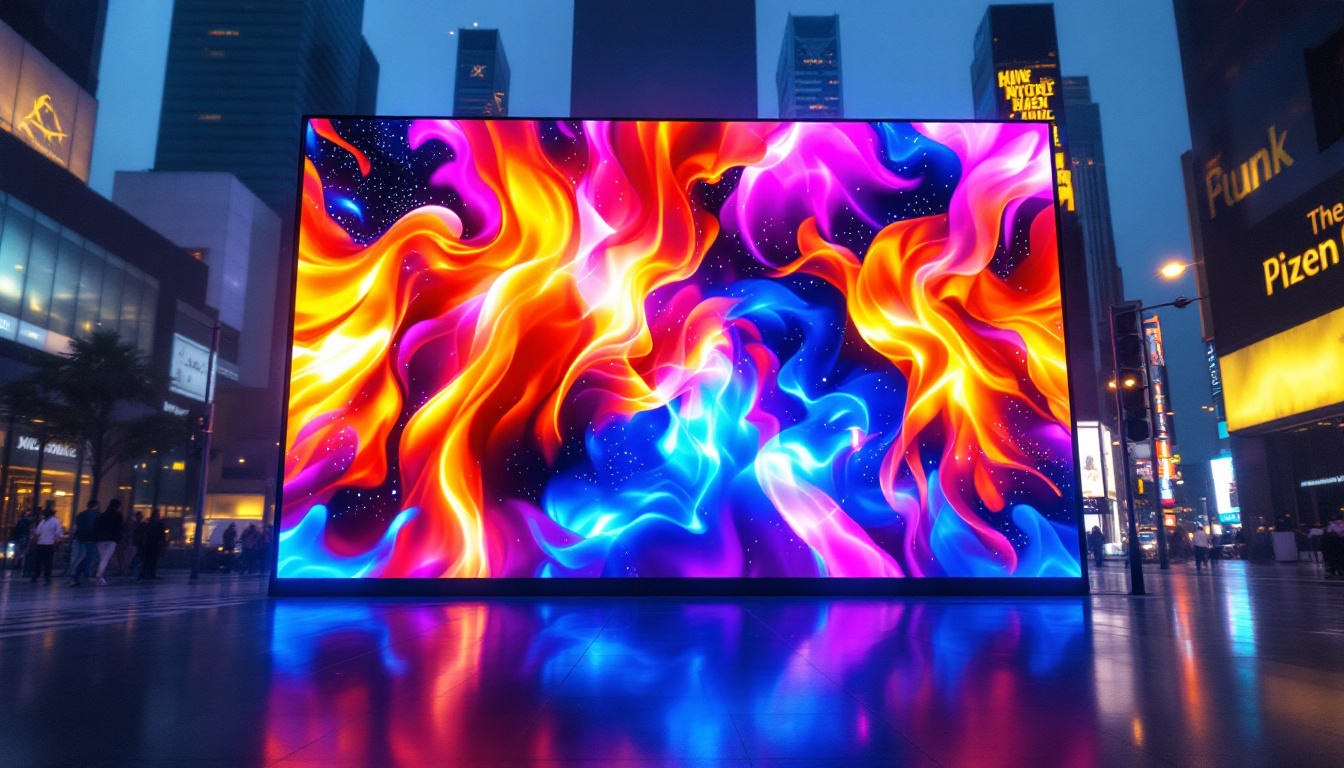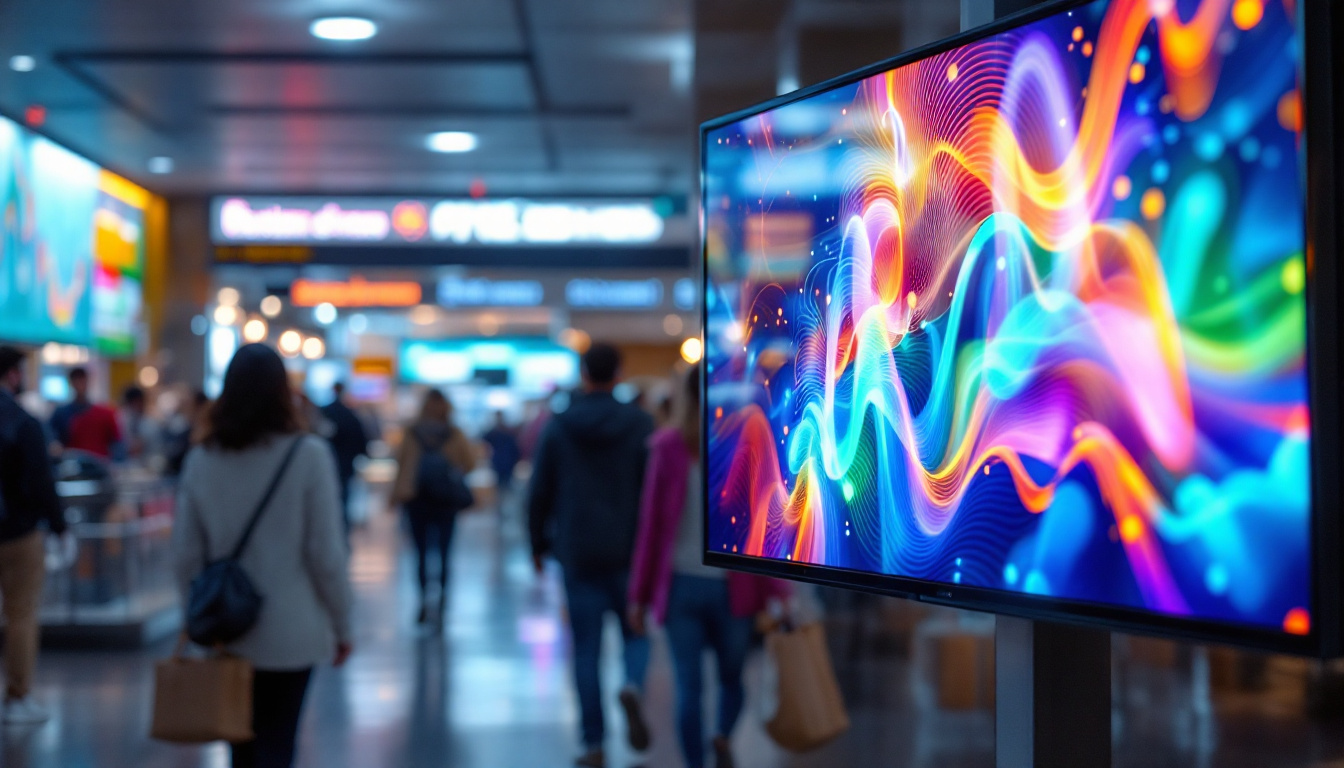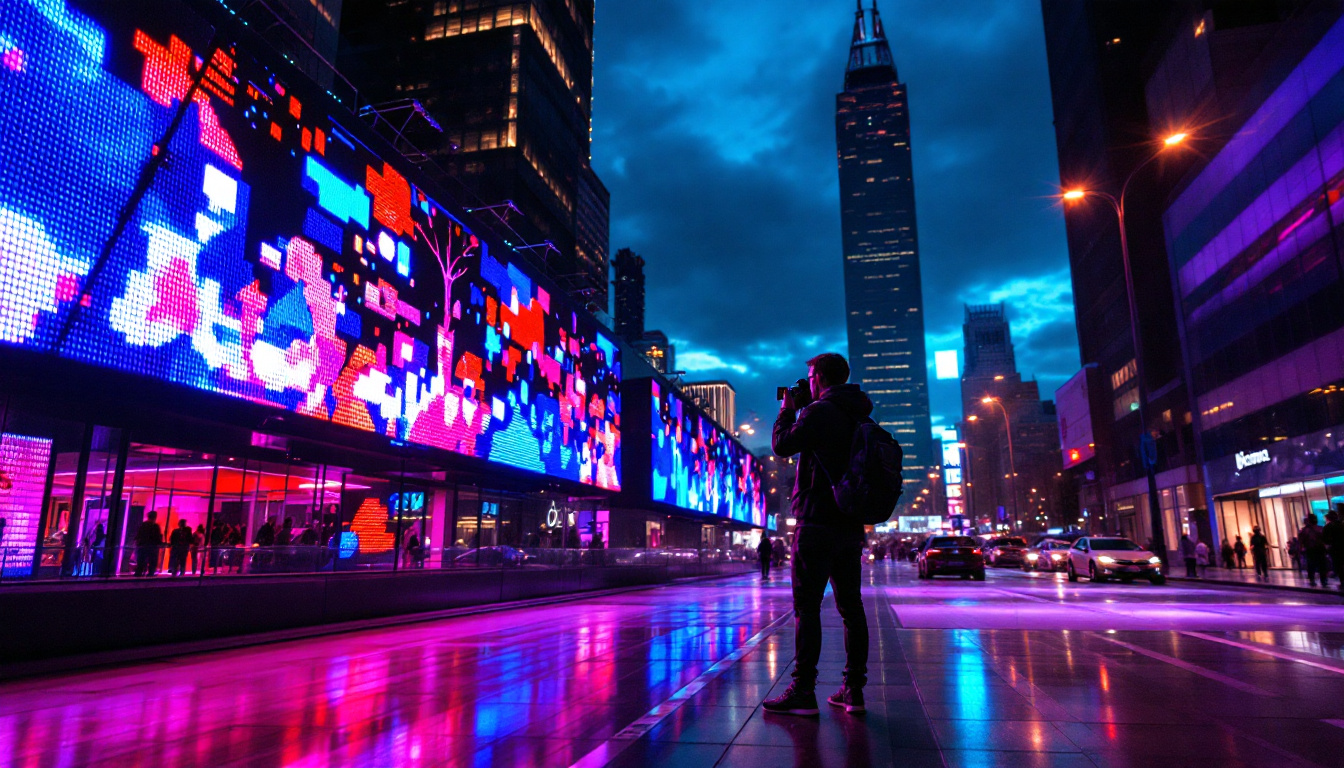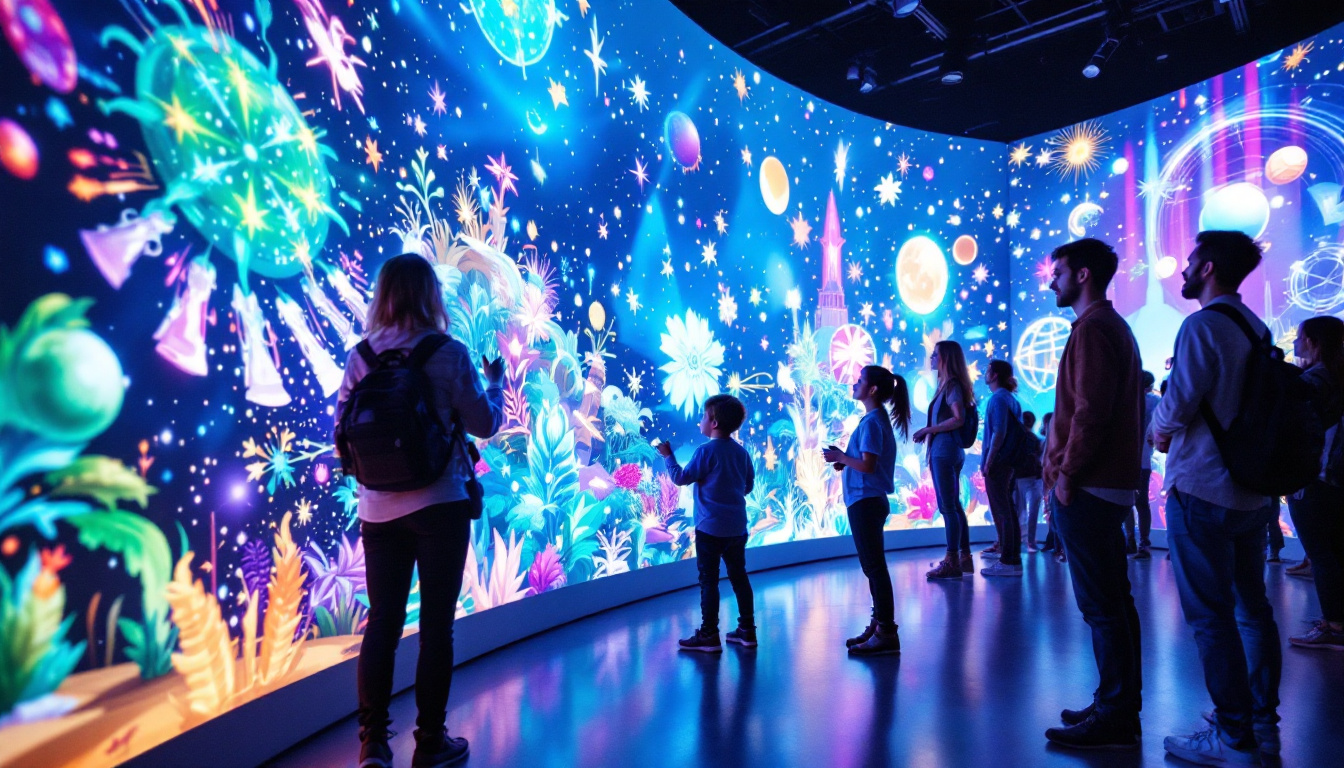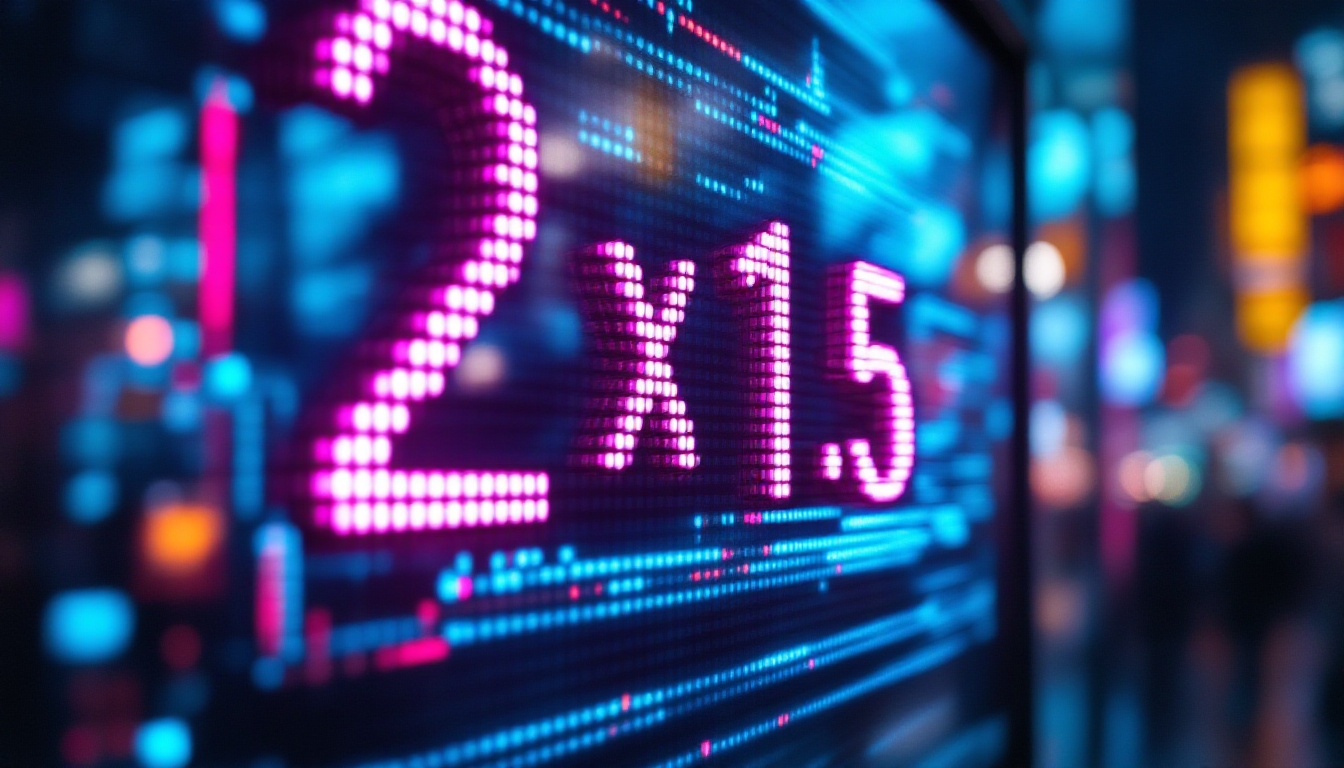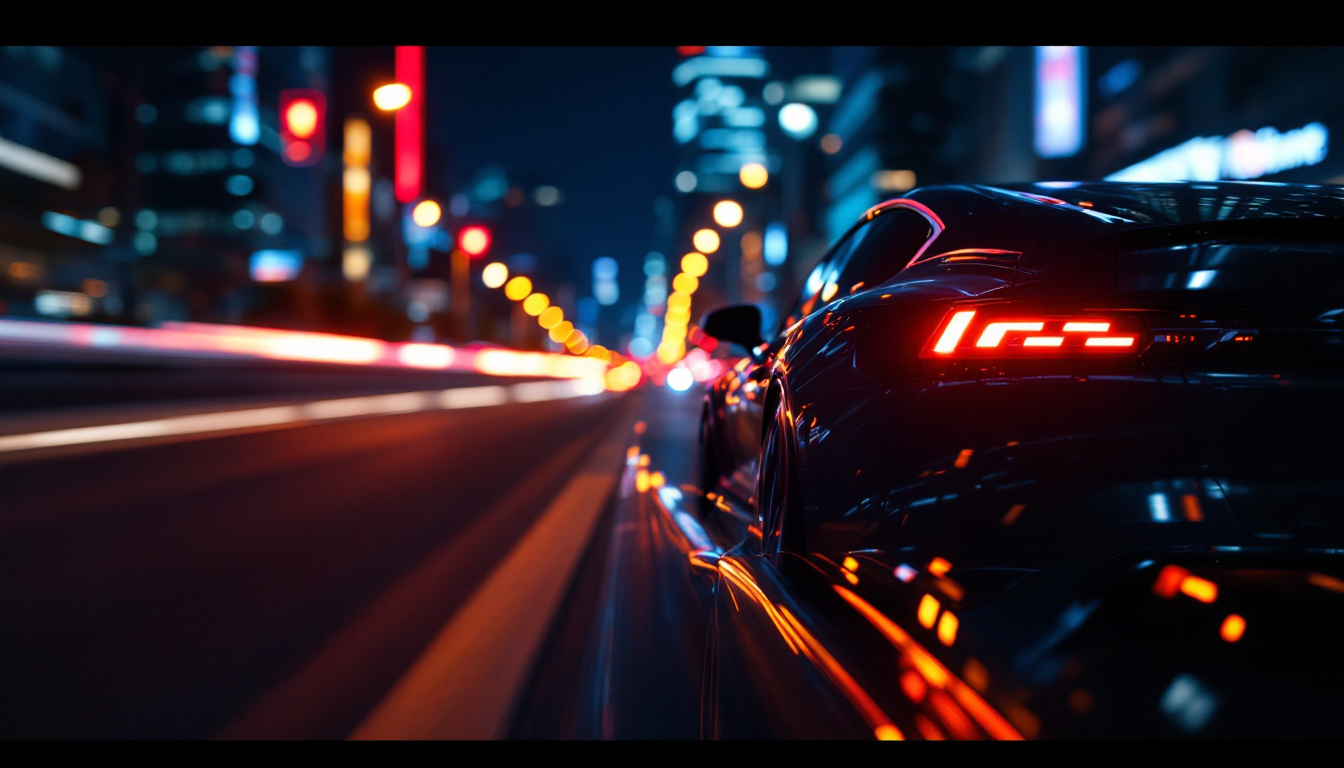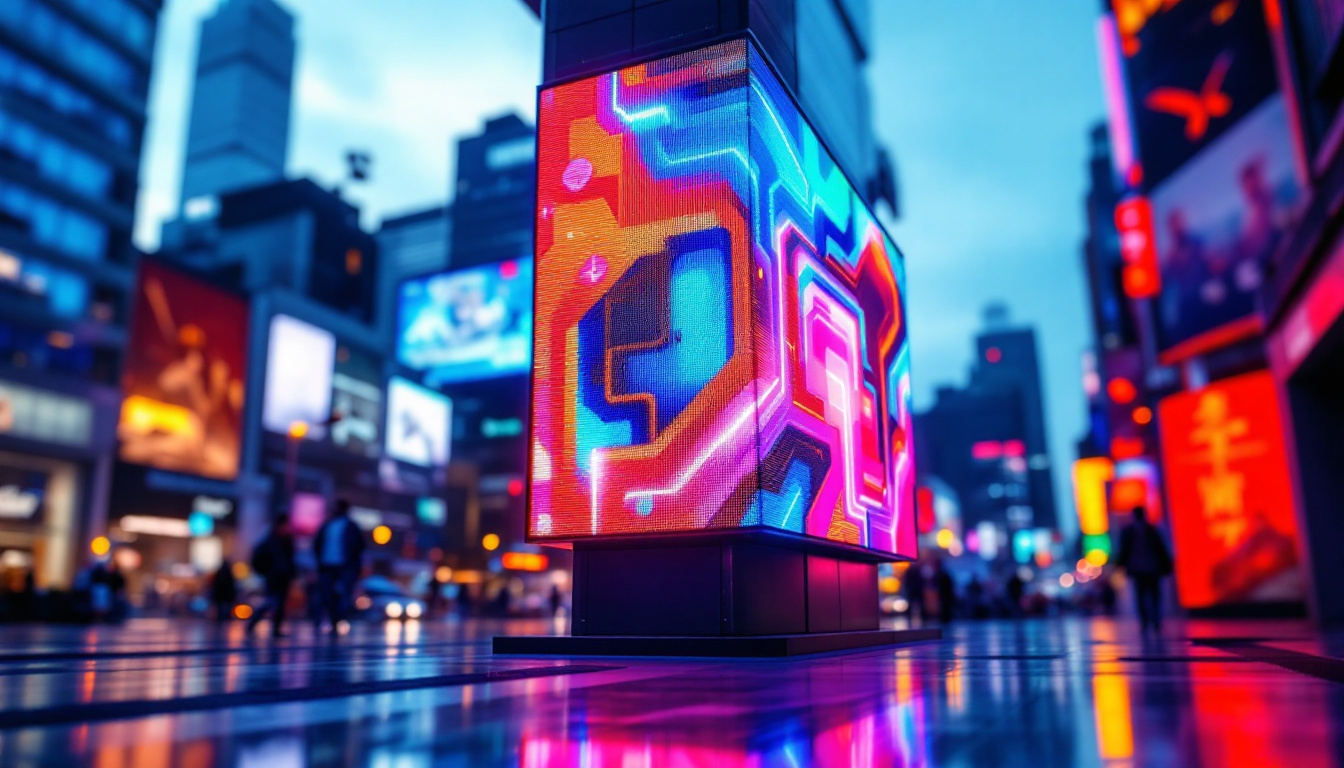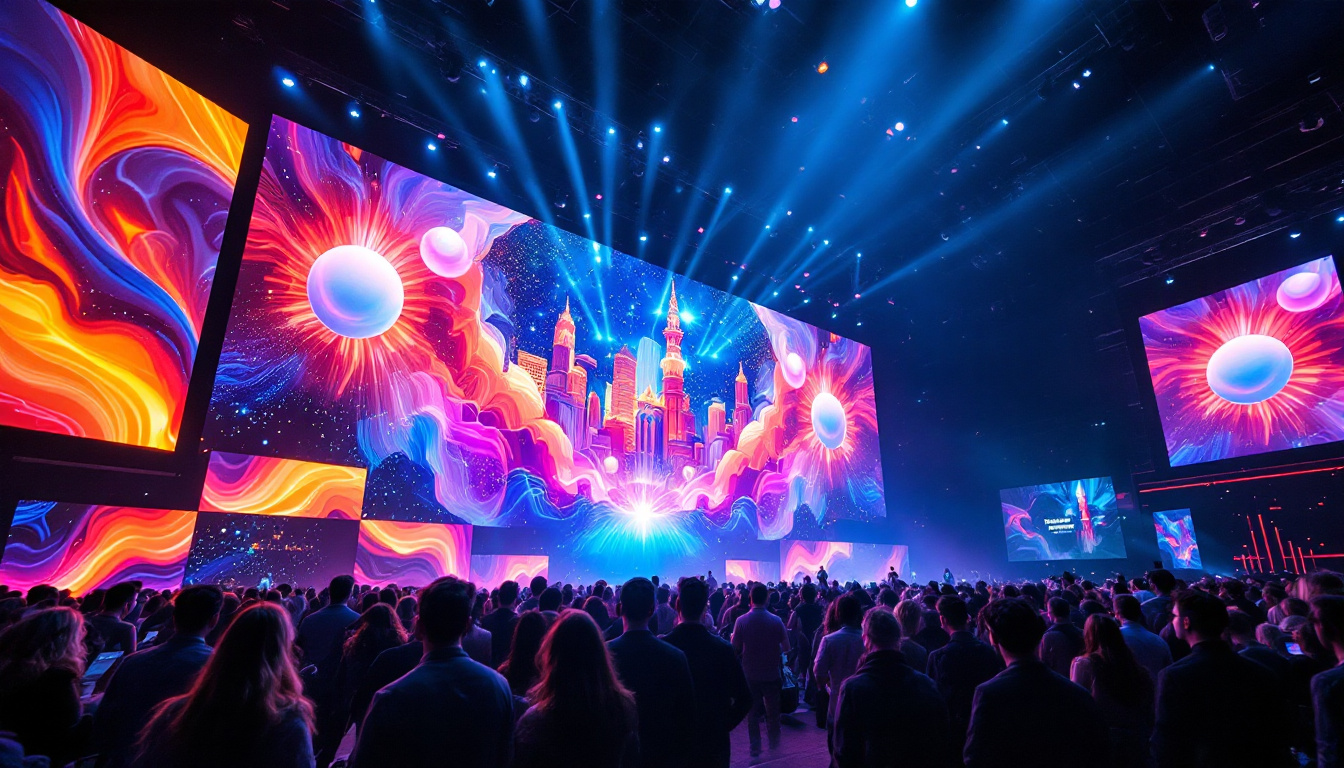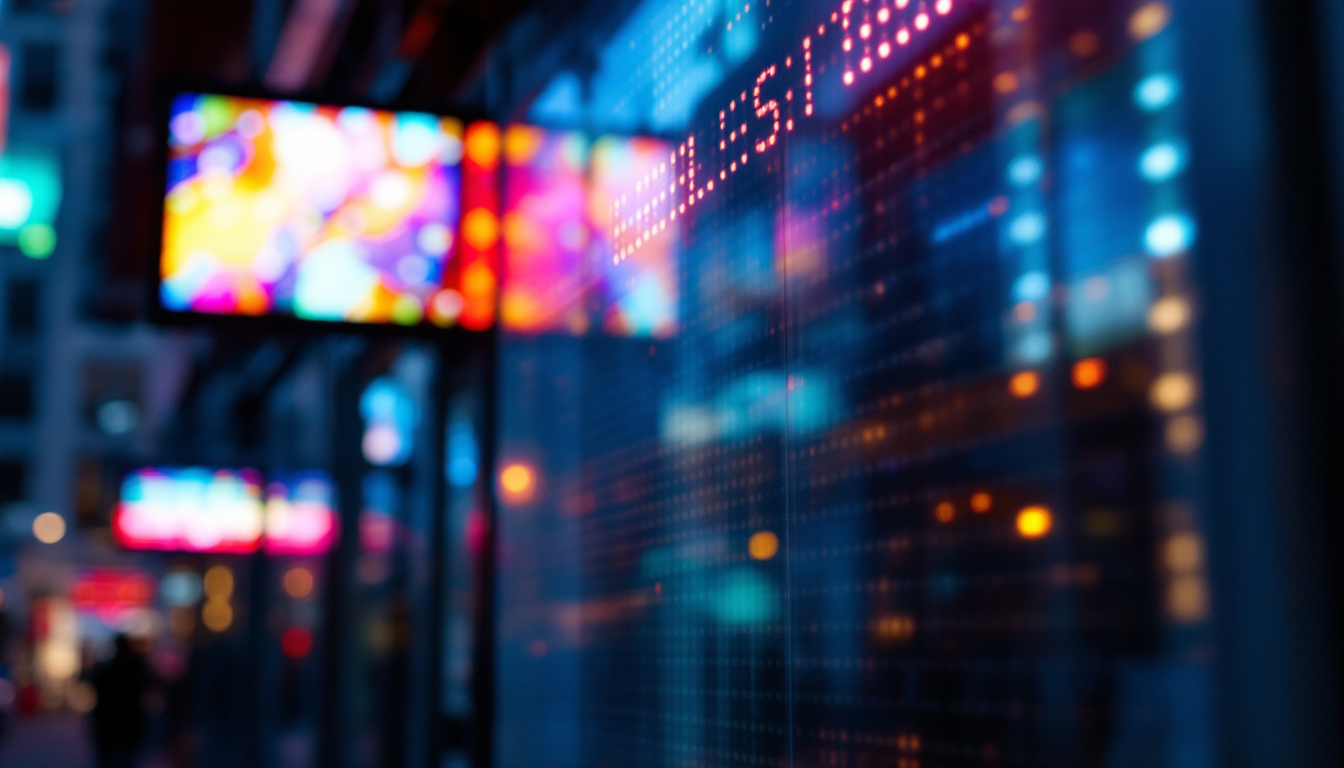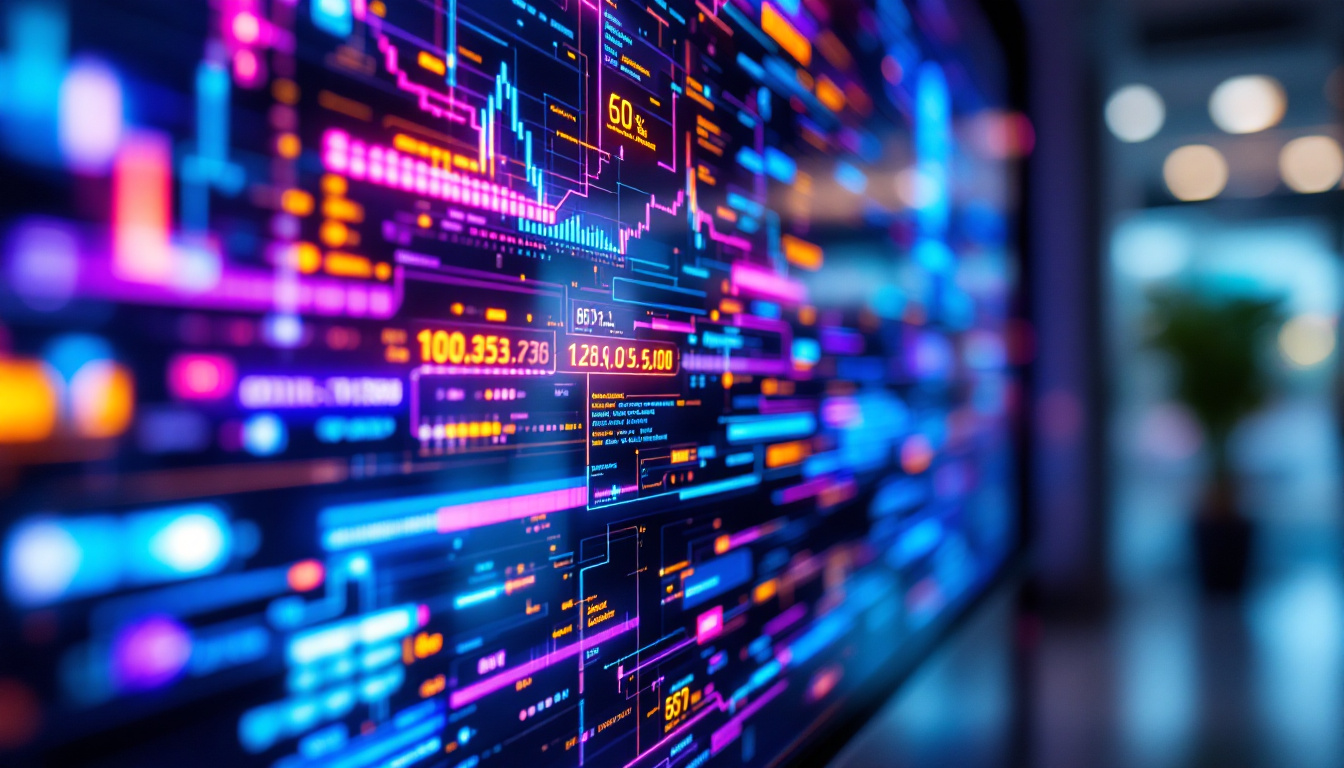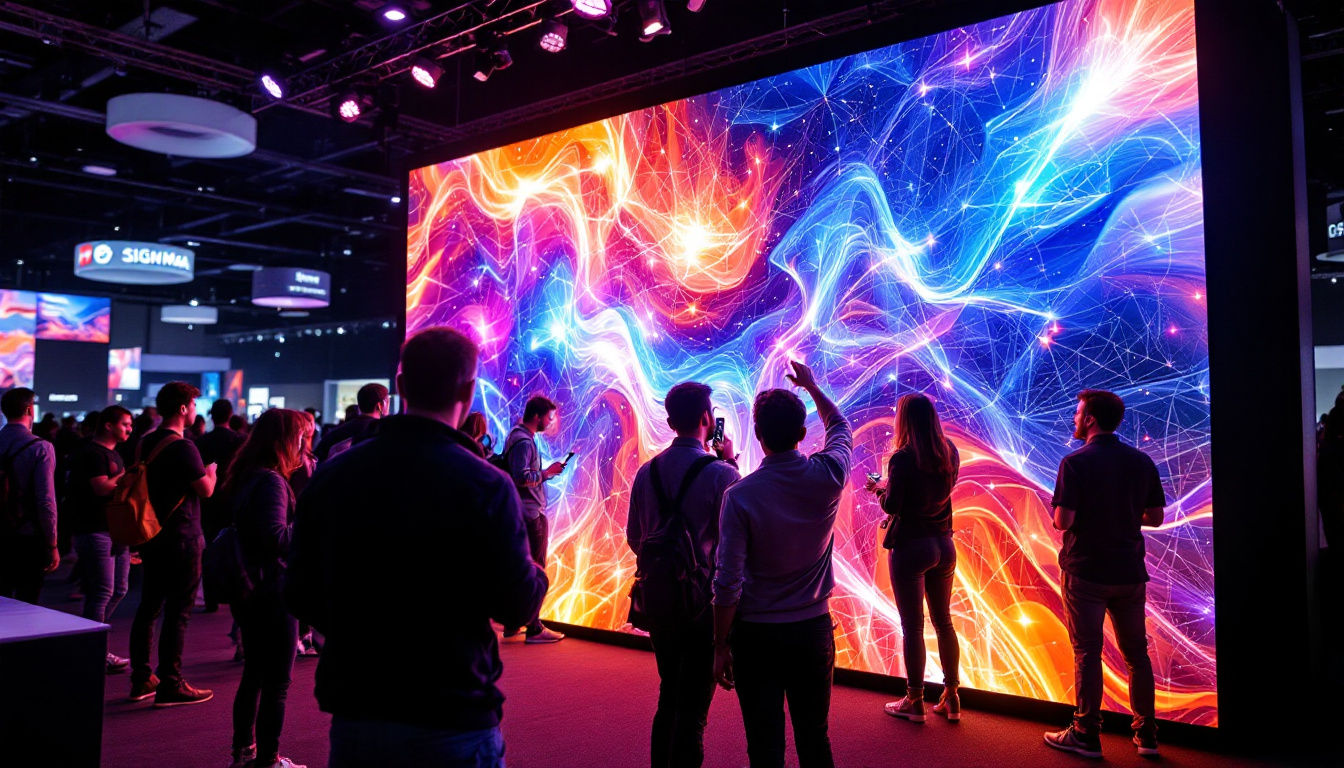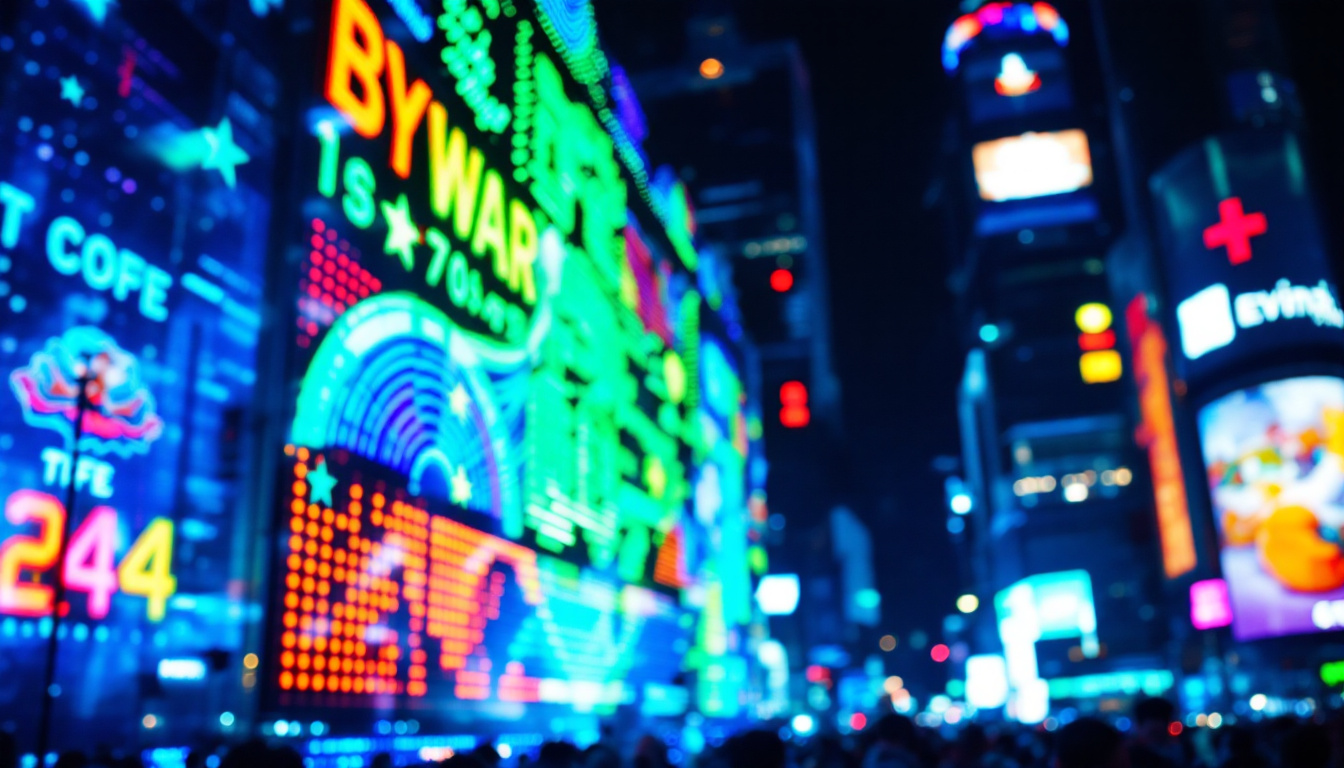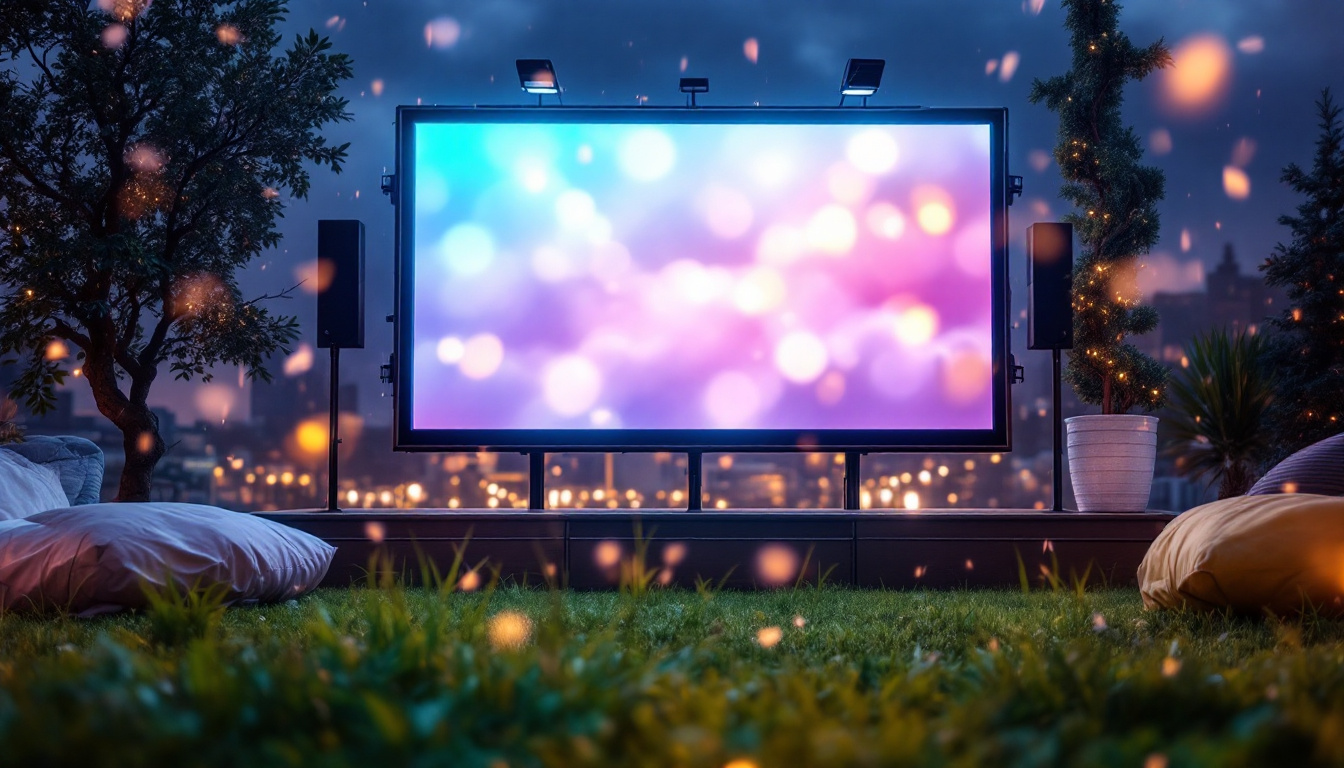In the world of modern visual technology, LED displays have emerged as a dominant force, transforming how information is presented in various settings. From concerts and sporting events to corporate presentations and advertising, LED displays serve as a versatile backdrop, captivating audiences with vibrant colors and dynamic imagery. This article delves into the intricacies of LED displays, exploring their technology, applications, and advantages.
Understanding LED Technology
Light Emitting Diodes (LEDs) are semiconductor devices that emit light when an electric current passes through them. This fundamental principle forms the basis of LED displays, which consist of numerous tiny LEDs arranged in a grid. The combination of these individual lights creates a larger image or video, allowing for stunning visual presentations.
How LEDs Work
LEDs operate on the principle of electroluminescence. When electricity flows through the diode, it excites the electrons, causing them to release energy in the form of light. The color of the light emitted depends on the materials used in the semiconductor. In LED displays, red, green, and blue (RGB) LEDs are combined to produce a full spectrum of colors.
The arrangement of these LEDs can vary, with some displays using surface-mounted devices (SMD) for a more compact design, while others utilize traditional through-hole LEDs for larger installations. This flexibility allows for a wide range of display sizes and resolutions, catering to different needs and environments.
Types of LED Displays
LED displays can be categorized into several types based on their application and technology. The most common types include:
- Indoor LED Displays: These displays are designed for use in controlled environments, such as theaters, conference rooms, and retail spaces. They typically have a higher pixel density, resulting in sharper images and better color accuracy.
- Outdoor LED Displays: Built to withstand the elements, outdoor LED displays are often used for billboards, stadiums, and public events. They are designed with higher brightness levels and protective coatings to ensure visibility in bright sunlight and durability against weather conditions.
- Transparent LED Displays: A newer innovation, transparent LED displays allow for visibility through the screen while still displaying images. These are often used in retail environments to create eye-catching advertisements without obstructing the view of the products behind them.
Applications of LED Displays
The versatility of LED displays makes them suitable for a wide array of applications across different industries. Their ability to convey information in a visually appealing manner has led to their widespread adoption.
Entertainment and Events
In the entertainment industry, LED displays are a staple at concerts, festivals, and live events. They provide dynamic backdrops that enhance the overall experience for attendees. With the capability to display high-definition video and vibrant graphics, these displays create immersive environments that captivate audiences.
Moreover, the flexibility of LED panels allows for creative stage designs. They can be arranged in various configurations, such as curved or angled shapes, enabling unique visual storytelling that complements performances.
Advertising and Marketing
LED displays have revolutionized advertising by offering a dynamic platform for brands to showcase their products and services. digital billboards equipped with LED technology can display multiple advertisements in a rotating format, maximizing exposure and engagement.
Additionally, the ability to change content in real-time allows businesses to tailor their messaging based on time of day, audience demographics, or current events. This adaptability is particularly beneficial for retailers looking to promote special offers or seasonal products.
Corporate Communication
In corporate settings, LED displays are increasingly used for internal communication and presentations. They provide a modern solution for displaying data, charts, and videos during meetings and conferences. The clarity and brightness of LED screens ensure that information is easily visible to all attendees, regardless of the room’s lighting conditions.
Furthermore, LED displays can be integrated with interactive technologies, allowing for engaging presentations that encourage audience participation. This interactivity can enhance the effectiveness of corporate communication efforts, making messages more memorable.
Advantages of LED Displays
LED displays offer numerous advantages over traditional display technologies, making them a preferred choice for many applications. Understanding these benefits can help organizations make informed decisions when investing in visual technology.
Energy Efficiency
One of the most significant advantages of LED displays is their energy efficiency. Compared to traditional LCD or plasma displays, LEDs consume significantly less power while providing superior brightness. This efficiency translates to lower energy costs, making LED displays a more sustainable option for businesses.
Additionally, the long lifespan of LED technology means that organizations can reduce maintenance and replacement costs over time. Most LED displays can last up to 100,000 hours, far exceeding the lifespan of conventional displays.
High Brightness and Visibility
LED displays are renowned for their high brightness levels, making them suitable for both indoor and outdoor environments. This brightness ensures that content remains visible even in direct sunlight, a crucial factor for outdoor advertising and events.
Moreover, the high contrast ratio of LED displays enhances color vibrancy, resulting in stunning visuals that capture attention. This quality is particularly important in competitive advertising spaces, where standing out is essential for success.
Versatile Design Options
The modular nature of LED displays allows for a wide range of design possibilities. Panels can be combined to create large screens or customized shapes, catering to specific venue requirements or artistic visions. This versatility enables designers and event planners to create unique visual experiences that resonate with audiences.
Furthermore, advancements in technology have led to the development of flexible LED displays that can be bent or shaped to fit unconventional spaces. This innovation opens up new avenues for creative installations in both commercial and artistic applications.
Challenges and Considerations
While LED displays offer numerous advantages, there are also challenges and considerations that organizations should be aware of before making a purchase.
Initial Investment Costs
One of the primary challenges associated with LED displays is the initial investment cost. High-quality LED technology can be expensive, particularly for large-scale installations. Organizations must weigh the upfront costs against the long-term benefits to determine if the investment aligns with their budget and goals.
However, it is essential to consider the total cost of ownership, which includes energy savings, maintenance, and longevity. In many cases, the long-term savings can offset the initial expenditure, making LED displays a financially viable option.
Technical Expertise and Maintenance
LED displays require technical expertise for installation and maintenance. Organizations may need to hire specialized technicians to ensure proper setup and ongoing support. This requirement can add to the overall cost and complexity of managing an LED display system.
Regular maintenance is also crucial to ensure optimal performance. Dust accumulation, for example, can affect brightness and image quality. Organizations should establish a maintenance schedule to keep their displays in top condition, minimizing downtime and maximizing the return on investment.
Content Management
Effective content management is vital for maximizing the impact of LED displays. Organizations must develop a strategy for creating and updating content regularly to keep audiences engaged. This process may require dedicated personnel or software solutions to streamline content scheduling and management.
Moreover, the content must be tailored to the specific audience and context. Understanding the target demographic and crafting messages that resonate can significantly enhance the effectiveness of LED displays in communication and marketing efforts.
The Future of LED Displays
The future of LED displays looks promising, with ongoing advancements in technology and applications. As the demand for high-quality visual experiences continues to grow, manufacturers are investing in research and development to push the boundaries of what LED displays can achieve.
Emerging Technologies
Innovations such as microLED and miniLED technologies are set to revolutionize the display industry. These technologies offer improved color accuracy, contrast ratios, and energy efficiency, paving the way for even more stunning visual experiences.
Additionally, the integration of artificial intelligence (AI) and machine learning into content management systems is expected to enhance the personalization and effectiveness of LED displays. By analyzing audience behavior and preferences, organizations can deliver tailored content that resonates more deeply with viewers.
Increased Interactivity
As technology evolves, the demand for interactive displays is on the rise. Future LED displays are likely to incorporate touch-sensitive surfaces and gesture recognition, allowing users to engage with content in new and exciting ways. This interactivity can create immersive experiences that captivate audiences and foster deeper connections with brands.
Moreover, augmented reality (AR) and virtual reality (VR) technologies are expected to play a significant role in the future of LED displays. By combining these technologies with LED screens, organizations can create hybrid experiences that blur the lines between the digital and physical worlds.
Conclusion
LED displays have become a transformative force in the visual technology landscape, offering unparalleled advantages in brightness, energy efficiency, and design flexibility. Their applications span a wide range of industries, from entertainment to corporate communication, making them an essential tool for engaging audiences effectively.
While challenges such as initial costs and maintenance exist, the long-term benefits of LED displays often outweigh these concerns. As technology continues to advance, the future of LED displays promises even more innovative solutions that will further enhance visual experiences.
Organizations looking to invest in LED technology should carefully consider their options, keeping in mind the unique needs of their audience and the goals of their communication strategies. With the right approach, LED displays can serve as powerful backdrops that elevate any visual presentation.
Discover LumenMatrix LED Display Solutions
Ready to elevate your visual presentations with cutting-edge LED technology? Explore LumenMatrix’s comprehensive range of LED display solutions, from vibrant Indoor and Outdoor LED Wall Displays to innovative Transparent and Custom LED options. Embrace the future of visual communication with our All-in-One LED Displays, and captivate your audience with clarity and impact. Check out LumenMatrix LED Display Solutions today and transform your space into a dynamic visual experience.

